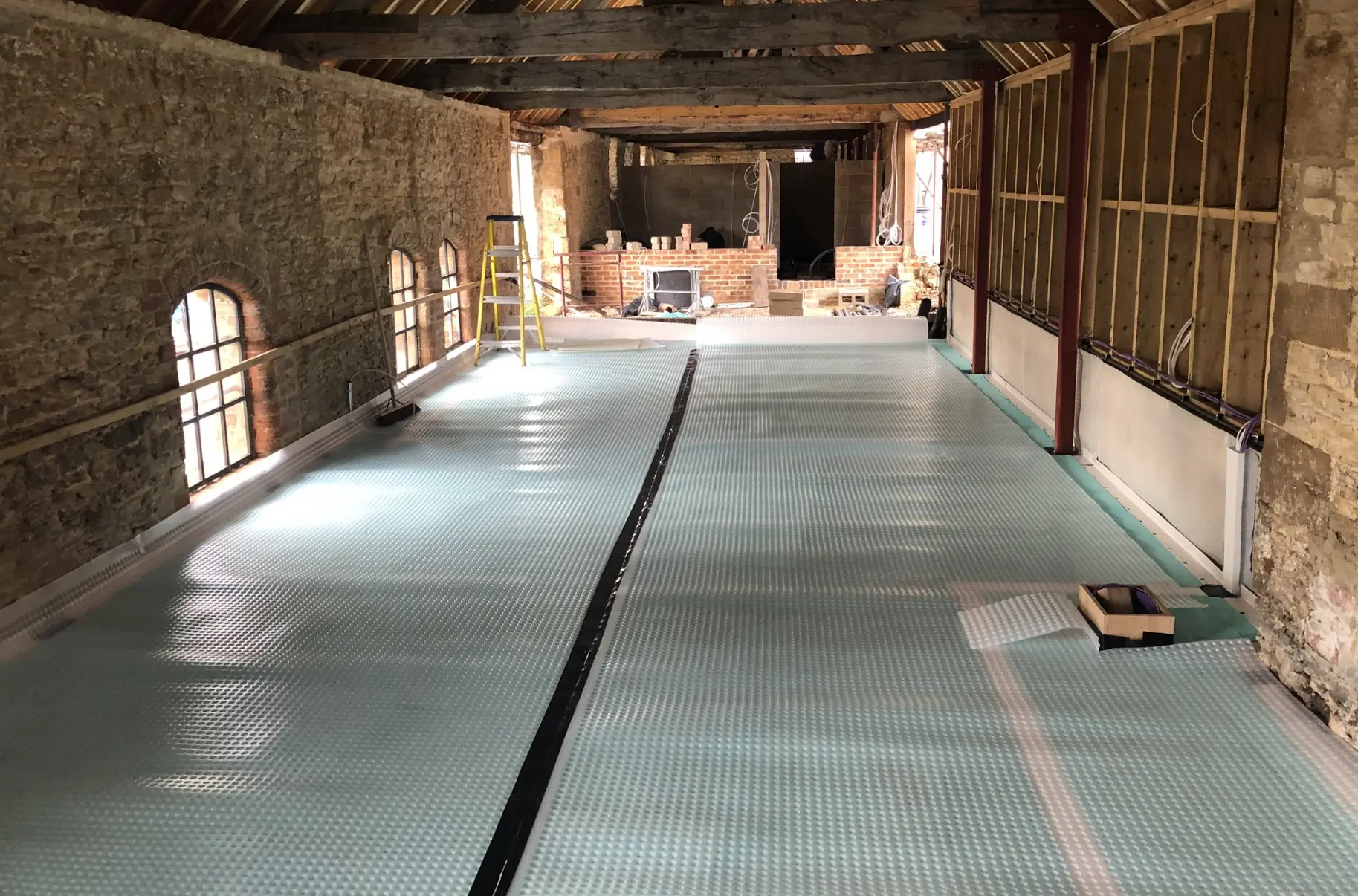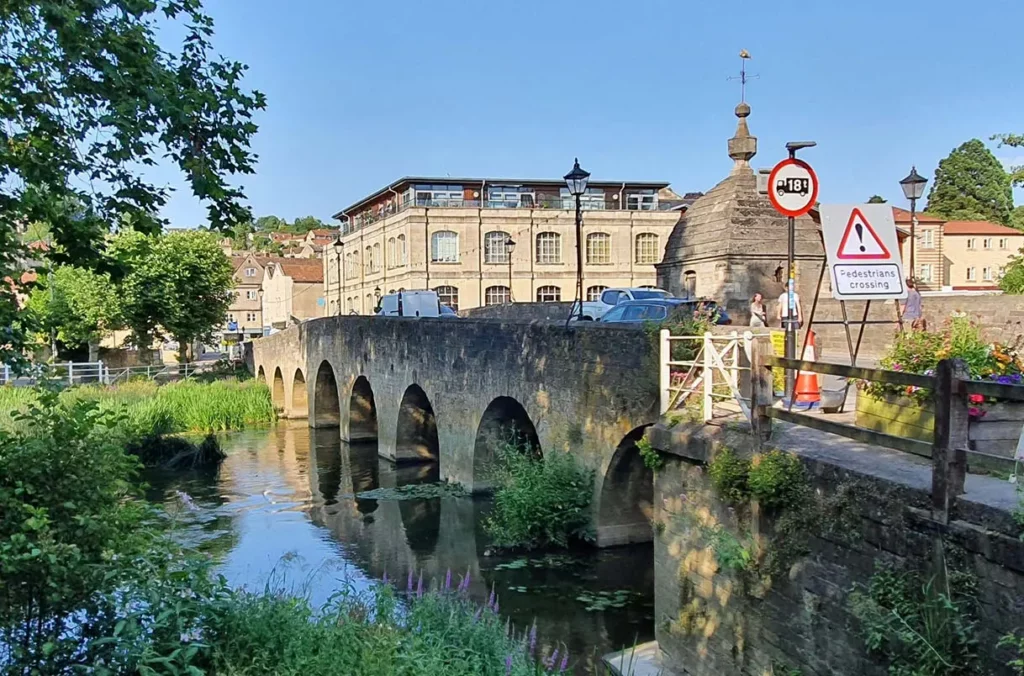The town of Bradford on Avon faced unprecedented flooding challenges when the River Avon repeatedly breached its banks, disrupting the community and leading to significant damage at Weirside Mill’s workshop area. Water levels soared to a staggering 2 meters during the worst of the floods, with approximately 80,000 liters of water per hour inundating the building. In response, our team swiftly mobilized within 24 hours, installing two pumps, two battery packs, a drainage channel, and two gullies to efficiently address the flooding crisis, mitigating further damage and facilitating water removal.
This website uses cookies so that we can provide you with the best user experience possible. Cookie information is stored in your browser and performs functions such as recognising you when you return to our website and helping our team to understand which sections of the website you find most interesting and useful.






